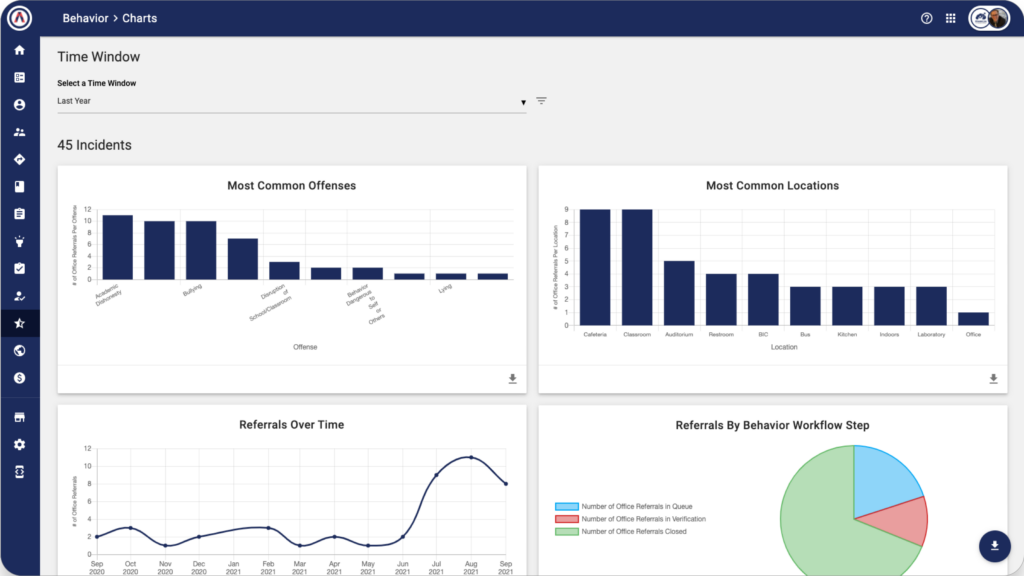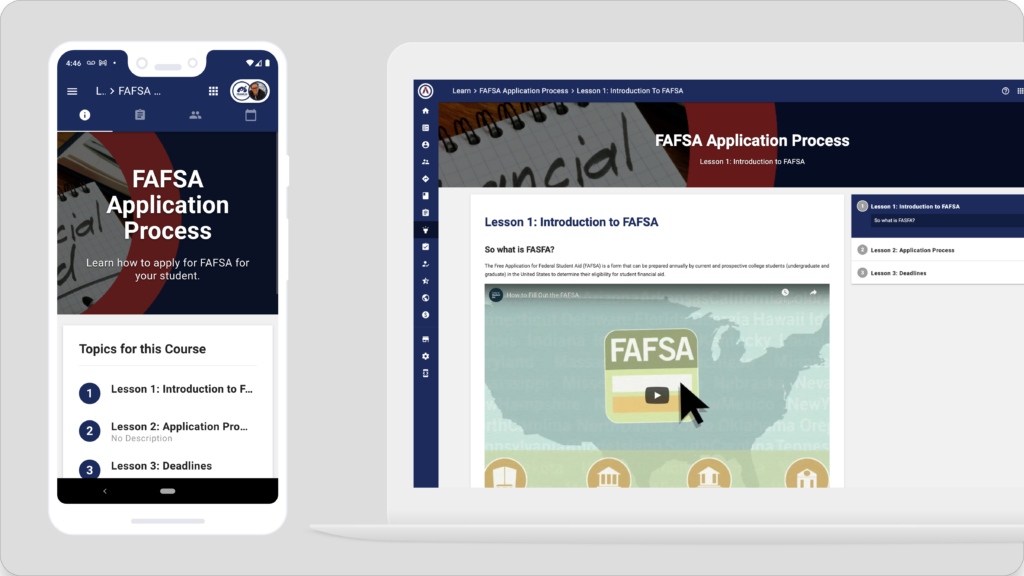I’ve now been with Abre for about four months, and lately, I’ve been reflecting on my own experience in the classroom. When I taught 10+ years ago, I couldn’t access comprehensive data beyond academics. And even my assessment data was locked behind multiple logins, making it really difficult and time-consuming to plan any sort of differentiation.
I was heavily reliant on my own classroom data, which was either anecdotal or academic standards-focused and often summative in nature. I was limited to the strategies in my toolkit:
- Plan for small group instruction,
- Place students on a remediation tool during station rotation,
- Recommend students for after-school tutoring, etc.
When I reflect, I was planning responses with an incomplete picture.
This was not Ideal.
To fuel student learning outcomes, we need to see and respond to a complete picture of the student learning experience. Only then can we ensure we’re addressing the root cause of student need. That might not be academic — it might be social-emotional, it might be behavioral, it might be physical.
Whole child education is a philosophy that focuses on the well-being of the entire child, not just their academic achievement. It emphasizes the importance of social-emotional learning, physical activity, and healthy relationships.
And, studies show that there are numerous benefits to a whole-child approach. Students participating in whole-child programs are likelier to have better attendance, grades, and behavior. They are also more likely to be engaged in learning and to have a positive attitude toward school.
But, how do we begin to integrate whole-child practices into our classrooms? How do we empower educators to respond to complete pictures of their students? I believe that integrated platforms are key to creating connected, holistic learning experiences.
Here are some common whole-child best practices below and how Abre helps.
1. Create a Safe and Supportive Learning Environment
Students need to feel safe and supported in order to learn effectively. This means creating a classroom environment that is free from bullying, harassment, and discrimination. It also means providing students with access to mental health resources and support services.
How does Abre help?
Abre Behavior: Abre’s behavior app simplifies the process of capturing and processing both positive and negative student behavior and provides greater context around student learning. Educators can also run detailed reports on behavior trends over time to hone in on opportunities to minimize disruption and maximize safety.

2. Provide Opportunities for Students to Develop their Social-Emotional Skills
Social-emotional skills are just as important as academic skills. Students need to learn how to manage their emotions, build relationships, and resolve conflict. Whole child education can provide students with opportunities to develop these skills through activities such as social-emotional learning programs, peer mediation, and conflict resolution training.
How does Abre Help?
Abre Student Well-being: Abre has partnered with SSIS CoLab to provide multi-informant (student, staff advisor, and family advisor) assessments and interventions created by an evidence-backed approach. Abre aligns 100% with CASEL’s framework of 10 indicators of schoolwide SEL to ensure high-quality, systemic implementation that enhances students’ social, emotional, and academic learning.

3. Integrate Academic and Non-Academic Content
Whole child education doesn’t just mean teaching academics. It also means integrating non-academic content into the curriculum. This includes physical education, art, music, and dance. Integrating these subjects can help students to learn more holistically and to develop their creativity and imagination.
How does Abre Help?
Abre Curriculum: Use Abre Curriculum to create district-approved SEL curricular content with aligned resources and customized pacing.
Abre Learn: Abre offers self-paced lessons and courses that can be gamified and sequenced to build staff capacity around whole-child best practices, content, and pedagogy.

4. Promote Student Choice and Self-Determination
Students need to feel like they have a say in their own education. This means giving them opportunities to make choices about what they learn and how they learn. It also means providing them with opportunities to self-assess and to track their own progress.
How does Abre Help?
Abre Wellness Checks: Allow students to self-report how they’re feeling and request resources right through their Abre homepage
Students can also access additional resources and supports through the Learn and Partners Apps.
5. Build Relationships with Families and Communities
Whole child education is a community effort. Schools need to work with families and communities to support students’ learning. This includes parent-teacher conferences, home visits, and community service projects. By building these relationships, schools can help to create a more supportive and nurturing environment for all students.
How does Abre help?
Abre Partners: Abre Partners enables you to maximize your community partner impact because we know that education happens inside and outside the school. Easily connect students to supports aligned to academic, health & well-being, career development, and more.
Abre Student360: The Student360 offers a consolidated view of student learning. Enable stakeholders, such as staff, families, and community partners to view student assessments, behavior, grades, wellness, and assigned education plans to create responsive experiences from a holistic perspective.
Whole-child education is a valuable approach to education that helps students succeed in all areas of their lives. And, it’s a community effort. Schools need to work with families and communities to provide safe and supportive environments, rigorous and engaging curriculum, and opportunities for learning and growth outside of the classroom, schools can help students reach their full potential.
And at Abre, we’re here to help.
Related posts:
How Abre Solves 10 Common K-12 School Challenges
Abre is in the business of solving challenges. By solving challenges, we help students grow, staff learn, and the community to engage in the education process. We solve many challenges. Here’s a list of ten problems we help solve....
Being a teacher means continuously learning. We love to learn. We love to model learning to our students. We also need credentials to keep our day job. After receiving a teaching license, most states require several additional hours of learning...
Screening Students for Multi-Tiered Systems of Supports: A Practical Guide.
This first stage of an effective MTSS framework is Screening. Learn a practical and easy way to screen your students with Abre....

